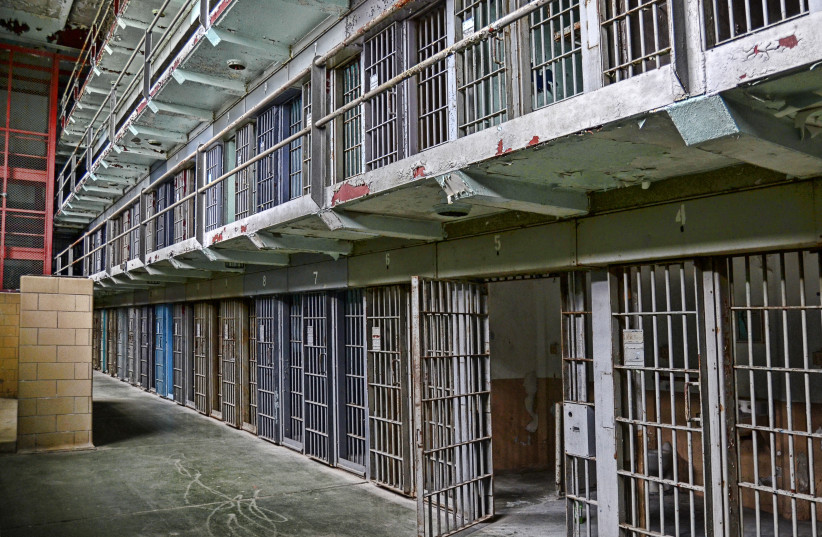Violent acts and other crimes by Arab and Jewish youths have reached shocking levels in Israel in recent years, triggering calls for the training and hiring of hundreds or even thousands more police officers.
Yet a study just published in Scientific Reports under the title “Childhood individual and family modifiable risk factors for criminal conviction: A 7-year cohort study from Brazil” by psychiatrists at the Federal University of São Paulo Medical School in Brazil suggests another way. A significant reduction in childhood poverty could cut criminal convictions by almost a quarter, said Carolina Ziebold, a researcher at the São Paulo Research Foundation (FAPESP) and first author of the article.
“We wanted to avoid criminalizing poverty and show that it’s a complex phenomenon. Exposure to this situation during life can lead to social tragedy,” the authors said. “Crime is a social question, and punishment alone may not be appropriate in the case of young people. It would be more useful to create real opportunities for rehabilitation – life opportunities.”
“Crime is a social question, and punishment alone may not be appropriate in the case of young people. It would be more useful to create real opportunities for rehabilitation – life opportunities.”
Study authors
Crimes such as homicide, robbery, drug trafficking and violence against others, constitute a major public issue, contributing to substantial health and social costs. Interpersonal violence, for instance, is the fourth leading cause of death globally among young people, and the first among adolescents aged between 15 to 19 years in low- and middle-income countries in Latin America.

How did the researchers analyze crime?
The researchers used an innovative approach involving an analysis of 22 risk factors that affect human development and interviews with 1,905 children with an average age of about 10 years at two points – a first interview to form a baseline and a follow-up interview seven years later. She and her colleagues interviewed 1,905 children aged five to 14 years two times during that period and analyzed 22 risk factors that can influence human development.
Crime is a major public problem in many countries, and preventive measures could have great social impact, they wrote. “The extent to which multiple modifiable risk factors among children and families influence juvenile criminal conviction remains unexplored; however, it is necessary to identify targets for prevention.”
They looked at the criminal conviction during the follow-up at ages 13 to 21 years and found that it included 81 children (over four percent). Although 89% of children living in poverty did not present criminal conviction, poverty at baseline was the only modifiable risk factor significantly associated with crime. This suggested that preventing children’s exposure to poverty would reduce nearly a quarter of subsequent criminal convictions.
The scientists concluded that poverty – measured broadly as a combination of little schooling for the head of household, low purchasing power and limited access to basic services – was the only crime-related factor that could be prevented. They used estimates of the population-attributable risk fraction to predict the possible reduction in criminal convictions if there had been a successful early anti-poverty intervention in the lives of the children.
“A holistic view of young people who commit crimes is necessary to understand the circumstances that lead to this situation and a range of preventable factors need to be considered,” they wrote.
“The study took into account housing conditions and access to public services such as healthcare or sanitation, for example, to understand poverty more comprehensively. This led us to advocate broader solutions than merely improving income. The many adversities faced by these children become difficulties in adulthood, such as low educational attainment and unemployment, among others,” they added.